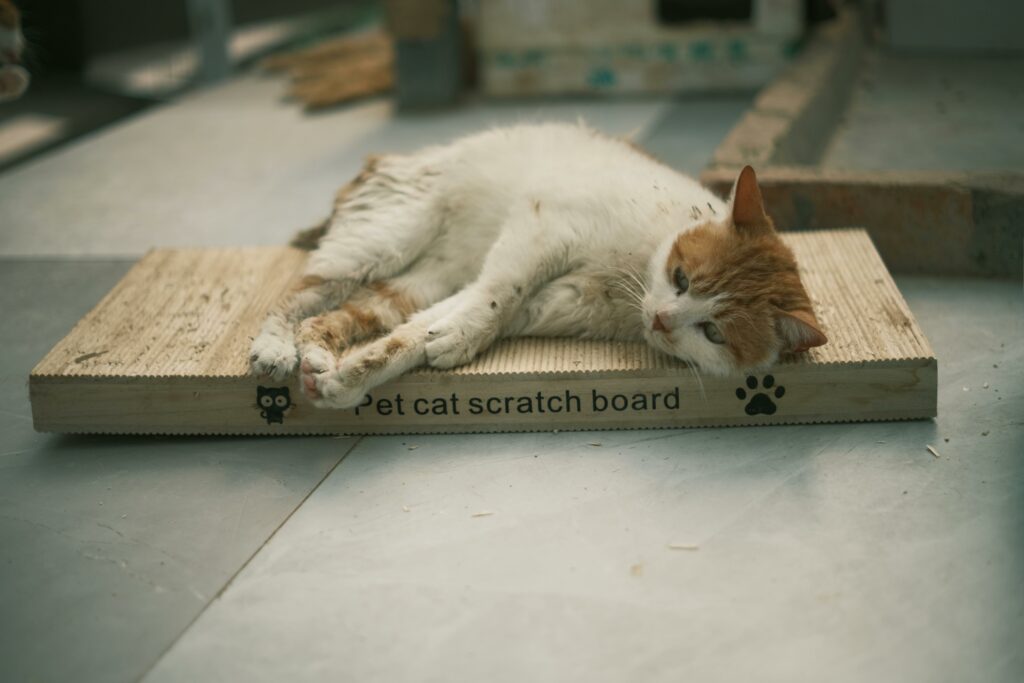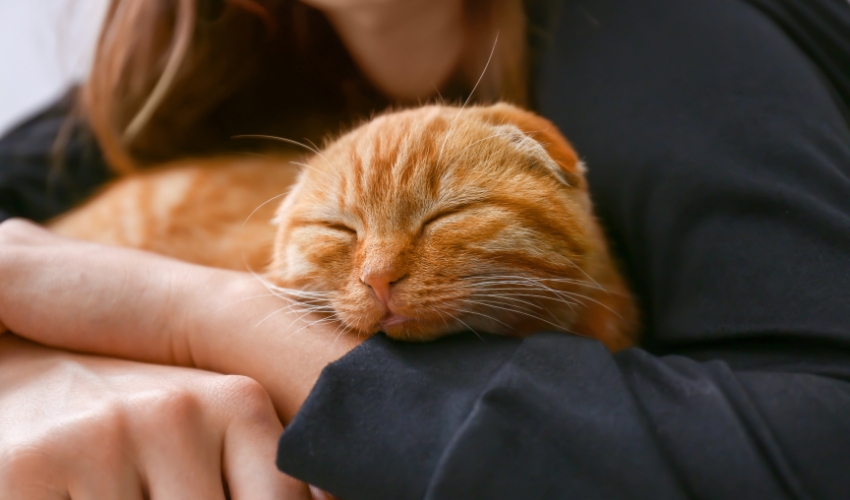We love our tabbies no matter what and nothing can compare to our love for them, but sometimes we just want a break from all their scratching, especially if it’s a very special piece of furniture. Before you look for ways on how you can prevent your fuzzy baby from scratching all your furniture, let us first tell you why these purr babies act this way.
Our beloved garfield scratch furniture and other surfaces for several reasons, including:
Marking Territory: Cats have scent glands in their paws, and scratching allows them to mark their territory by depositing scent markers on surfaces. This behavior communicates information to other cats in the household and helps establish their territory.
Stretching and Exercise: Scratching is a natural behavior that helps cats stretch their muscles, flex their paws, and maintain their claws. It also provides them with a form of exercise and helps keep their claws healthy and sharp.
Stress Relief: Scratching can be a way for cats to release pent-up energy, relieve stress, and alleviate boredom. It can also serve as a coping mechanism in response to changes in their environment or routine.
Maintaining Claw Health: Scratching helps cats remove the outer layer of their claws, keeping them sharp and healthy. It also allows them to mark their territory with visible scratch marks, which can serve as a visual deterrent to other cats.
Communication: Scratching can be a form of communication between cats and their owners or other cats. Cats may scratch to get attention, express excitement, or communicate their needs or desires.
Instinctual Behavior: Scratching is a deeply ingrained instinctual behavior in cats that serves multiple purposes, including territorial marking, stretching, grooming, and communication. Even indoor cats that do not have access to outdoor environments will exhibit scratching behavior.
While scratching is a natural behavior for cats, it can be frustrating for some pet owners when their cats target furniture or other valuable items.
Now that you understand why your tabbies act that way, let us now show you ways on how you can prevent them from doing so.
Preventing your cat from scratching the furniture can be challenging, but with patience, consistency, and the right approach, you can encourage your cat to use appropriate scratching surfaces instead.
Here are some tips to help prevent your cat from scratching the furniture:
Provide Scratching Posts: Offer your cat a variety of scratching posts made of different materials such as sisal, cardboard, or carpet. Place them in strategic locations around your home, such as near areas where your cat likes to scratch the furniture.
Choose the Right Type of Scratching Post: Some cats prefer vertical scratching posts, while others prefer horizontal ones. Observe your cat’s scratching behavior to determine their preference and provide appropriate scratching surfaces.
Make the Furniture Less Appealing: Cover the furniture with double-sided tape, aluminum foil, or plastic sheeting to make it less appealing for scratching. You can also use commercial deterrent sprays or repellents with scents that cats dislike.
Trim Your Cat’s Nails: Keep your cat’s nails trimmed regularly to minimize the damage caused by scratching. Use a pair of cat nail clippers and be cautious not to cut the quick, which can cause bleeding and discomfort.
Provide Alternatives: Encourage your cat to use scratching posts by rewarding them with treats or praise when they use them. Place toys or catnip near the scratching posts to attract your cat’s attention.
Use Positive Reinforcement: Whenever you catch your cat scratching the appropriate surfaces, praise them and offer rewards. Positive reinforcement encourages good behavior and helps your cat associate scratching posts with positive experiences.
Redirect Their Behavior: If you catch your cat scratching the furniture, gently redirect their attention to a scratching post by using toys or treats. Avoid scolding or punishing your cat, as this can create fear or anxiety.
Provide Environmental Enrichment: Ensure your cat has plenty of opportunities for mental and physical stimulation to prevent boredom and reduce stress-related scratching. Rotate toys regularly, provide interactive play sessions, and create vertical spaces for climbing and exploring.
Use Soft Paws or Nail Caps: Consider using soft paws or nail caps to cover your cat’s claws temporarily. These are soft, rubber caps that are glued onto the claws to prevent damage to furniture without interfering with your cat’s ability to retract their claws or scratch.
Be Patient and Persistent: Changing your cat’s scratching behavior may take time and patience. Stay consistent with training and provide plenty of positive reinforcement to encourage your cat to use appropriate scratching surfaces.
By following these tips and being proactive in providing appropriate scratching alternatives, you can help prevent your cat from scratching the furniture and encourage healthy scratching behaviors.












